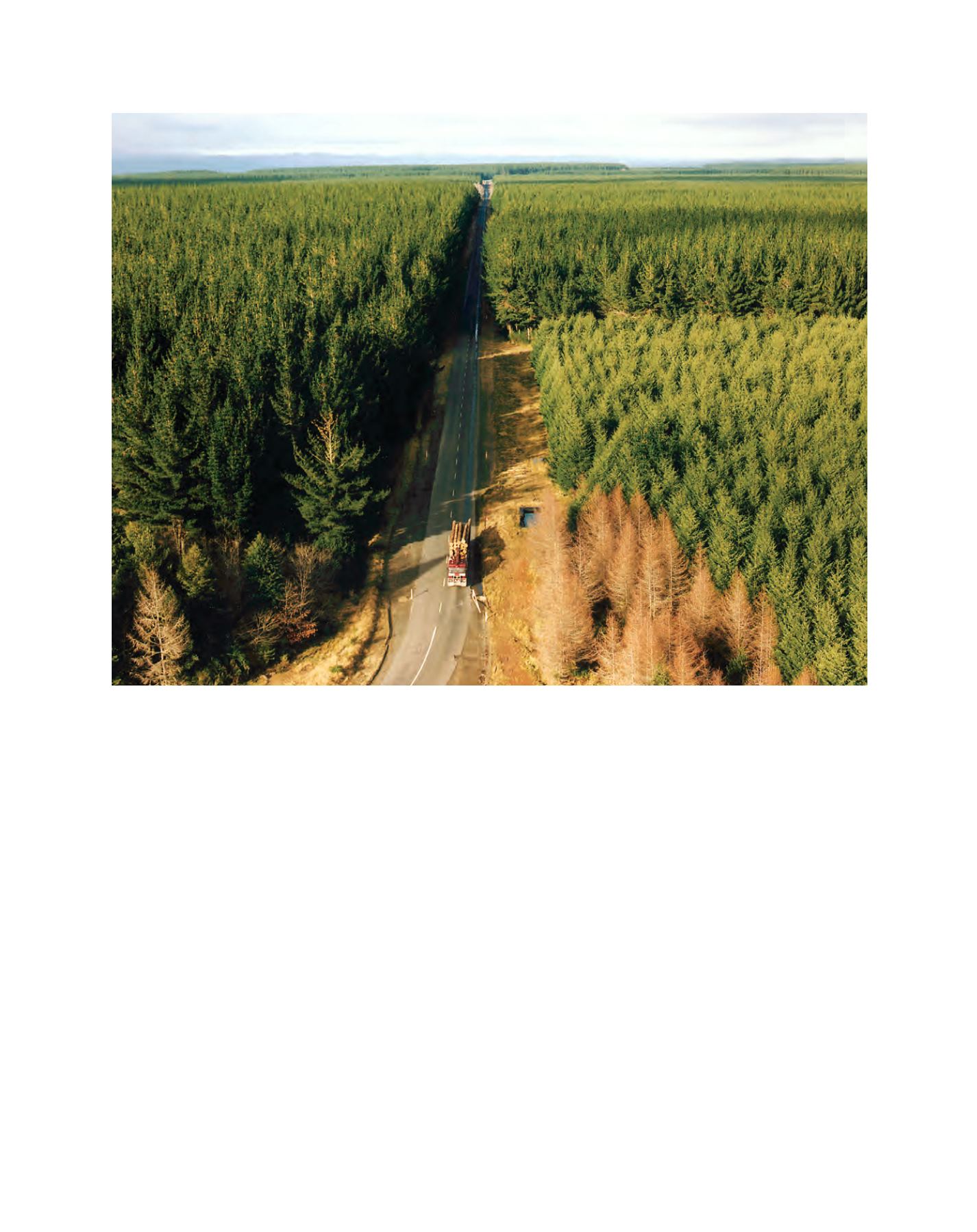

[
] 147
bility and management as leases expire and Maori move
to more direct management of their assets.
New Zealand’s current natural resource statutory and
policy framework took shape in the 1980s reforms and
includes statutes with ecosystemor environmental manage-
ment provisions applying to natural and physical resource
management generally, and to forests more specifically.
With the commercial forestry sector largely priva-
tized, New Zealand’s statutory framework, rather
than operating through a single national forest plan
or programme, is based on broad sustainability prin-
ciples that guide the management of the forest estate
and the business of forestry. This includes statutes
covering sustainable management and conservation of
natural resources, and Government initiatives related to
biodiversity, industry development, land stability and
response to climate change.
The Resource Management Act (RMA) 1991 controls
all natural resource management and land uses in New
Zealand, the core principle of which is the sustainable
management of natural and physical resources. Regional
policy statements and district plans under the RMA set
out the operative framework within which resource
indigenous forests and largely introduced species-based commer-
cial planted production forest estate following reforms of New
Zealand Government agencies in the 1980s. From that point the
Government ceased to be a significant player in ownership and
management of planted forests, although it retained its key role in
managing the indigenous forests in the Crown conservation estate.
The Government’s role then focused on maintaining a broad policy
framework and stable macroeconomic and regulatory environments
throughout the economy. The Government has also continued to
support some land stability programmes, manages biosecurity and
quarantine services and sets the conditions for how forests partici-
pate in the rapidly emerging carbon market.
Planted commercial forests are mainly owned and managed by
the private sector. A significant proportion of planted forests have
also been transferred from Government-owned to Maori iwi (tribes).
This has taken place through Treaty of Waitangi settlements (the
settlement of historical claims against the Crown).
Maori have a strong social, cultural and spiritual identification
with forests which has shaped the place and values of indigenous
forests in New Zealand society. Maori participation in the commer-
cial plantation forestry sector is also significant. Some 238,000 ha of
plantation forests are on Maori-owned land under long-term forestry
leases. Maori incorporations and trusts are assuming direct responsi-
Planted commercial forests provide most of New Zealand’s timber supply
Image: NZ Ministry of Agriculture and Forestry
















